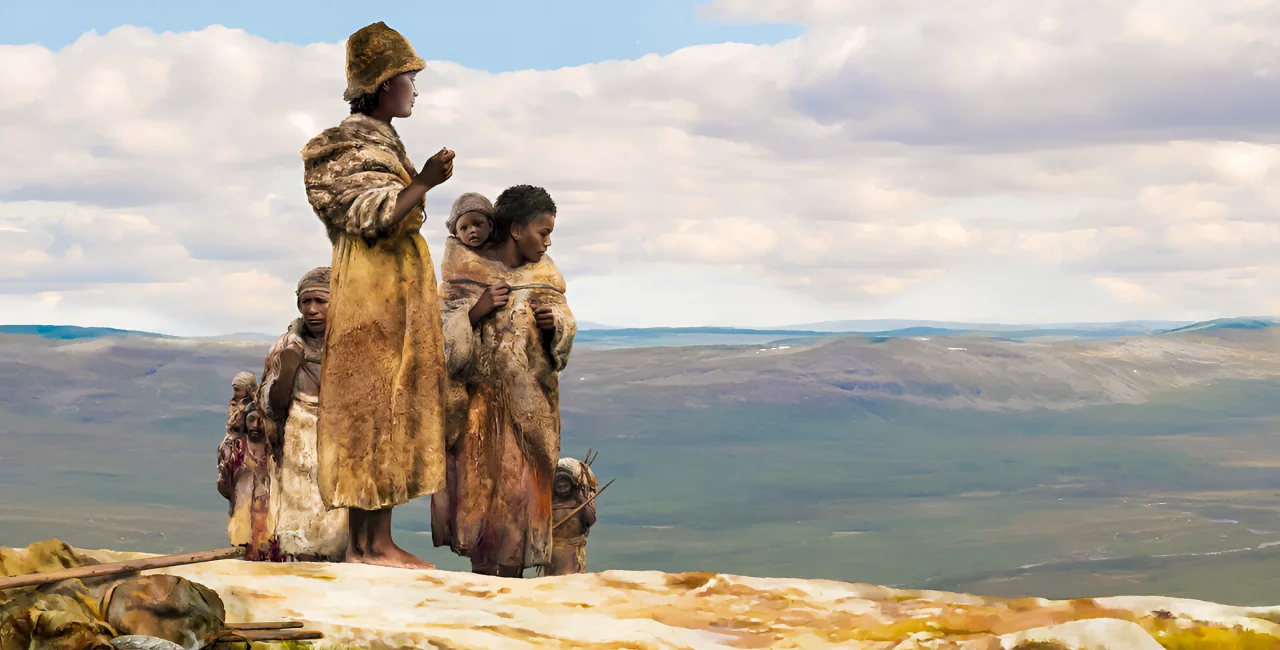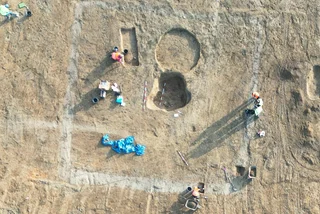A groundbreaking study, led in part by Czech scientists, has revealed new details about the early interactions between modern humans and Neanderthals in Europe.
Published in the journal Nature, the research examines ancient genomes from individuals who lived in Central Europe around 45,000 years ago. Czech scientists Petr Velemínský from the National Museum and Jaroslav Brůžek from Charles University’s Faculty of Science played key roles in the study, highlighting Czechia’s significant contribution.
What the study found
The research focused on individuals from two sites: Zlatý kůň, a national natural monument in Koněprusy, Czechia, and Ranis, in present-day Germany. Located just 200 kilometers apart, these sites reveal a closely connected group of early humans who moved together across the prehistoric European steppes.
Using advanced genomic analysis, scientists examined DNA from seven individuals at these locations. They found that these early Europeans carried about 2–3 percent Neanderthal DNA, a genetic legacy shared by all non-African populations today. This Neanderthal DNA was inherited through interactions between Neanderthals and modern humans during migrations out of Africa roughly 45,000–49,000 years ago.
The study also revealed that the Zlatý kůň woman and two individuals from Ranis were distant relatives, sharing a fifth- or sixth-degree kinship. This connection underscores how small and tightly knit these early human groups were. They also shared a common culture, the Lincombe-Ranis-Jerzmanowicz (LRJ) technocomplex, which spread from Poland to Britain.
The earliest Central Europeans were relatives
The researchers determined that these early Central Europeans likely had dark skin, hair, and eyes, reflecting their recent African origins. Their tools and technology were part of the LRJ culture, reflecting their mobility and adaptability across vast regions.
“This discovery gives us a glimpse into the lives of people who once roamed Central Europe,” said Petr Velemínský of the National Museum. “It’s fascinating to see how connected they were, even across distances, and how their lives intersected with Neanderthals.”

The Zlatý kůň site provides invaluable information, shedding light on not only early human genetics but also their tools, culture, and way of life.
Early migration and culture
Interestingly, this group of early Central Europeans left no genetic legacy in modern populations. In contrast, their contemporaries from Bulgaria’s Bacho Kiro Cave contributed to populations in East Asia and the Americas.
The findings support the idea that human migration out of Africa occurred in waves, with groups traveling across Europe at different times and interacting with Neanderthals. These encounters likely influenced some of Europe’s oldest archaeological cultures, including the LRJ technocomplex.
A broader genomic study published in Science this week provides additional context. It shows that most modern humans’ Neanderthal ancestry comes from a single, extended period of interbreeding.
This research sheds light on the lives of the early humans who lived in the Ranis cave—among the first Homo sapiens in Europe—and offers a rare glimpse into the continent’s earliest human history.












 Reading time: 2 minutes
Reading time: 2 minutes 





























